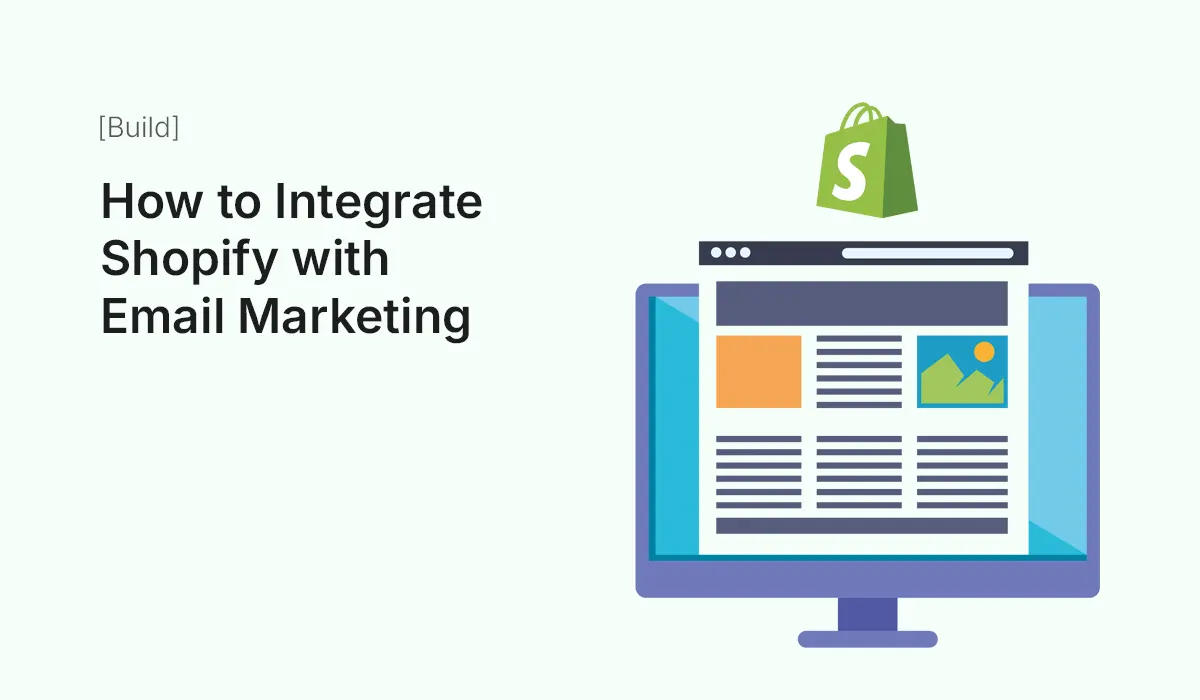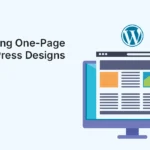Introduction
Shopify has become the go-to eCommerce platform for entrepreneurs and businesses worldwide. With its user-friendly interface, robust app ecosystem, and scalability, it empowers merchants to create online stores that generate real revenue. But setting up a Shopify store is only half the battle — driving sales consistently requires effective marketing strategies.
That’s where email marketing comes in. Email remains one of the most powerful digital marketing channels, boasting higher ROI than social media or paid ads. Integrating Shopify with email marketing helps store owners nurture customer relationships, increase conversions, and build long-term loyalty.
In this guide, we’ll break down how to integrate Shopify with email marketing, why it matters, and actionable steps you can take to maximize the benefits.
Why Email Marketing Matters for Shopify Stores
Email marketing isn’t just about sending newsletters. When done right, it’s a direct communication channel that helps you:
- Nurture leads who browse your store but don’t purchase.
- Recover abandoned carts through automated reminders.
- Upsell and cross-sell products based on customer behavior.
- Build loyalty programs through exclusive offers.
- Strengthen brand identity with consistent messaging.
According to research, email marketing delivers an average ROI of $36 for every $1 spent. That’s why integrating it with your Shopify store can dramatically boost revenue.
Step-by-Step Guide: How to Integrate Shopify with Email Marketing
Choose the Right Email Marketing Platform
Your first step is selecting an email marketing platform that integrates seamlessly with Shopify. Some of the most popular options include:
- Shopify Email (native solution)
- Klaviyo (great for segmentation & automation)
- Mailchimp (popular and beginner-friendly)
- Omnisend (specialized in eCommerce workflows)
- ActiveCampaign (advanced automation)
- ConvertKit (ideal for creators and small businesses)
Each platform has different pricing, features, and integrations. Consider your store size, audience, and marketing goals before choosing.
Connect Your Email Marketing App with Shopify
Once you’ve selected a tool, integration usually involves:
- Installing the app from Shopify App Store.
- Syncing customer data (email addresses, orders, browsing behavior).
- Customizing sync settings (decide what data flows to your email tool).
Example:
- If you install Klaviyo, you can connect via the Shopify App Store and then sync your historical data (customers, orders, etc.) for automated segmentation.
- Shopify Email doesn’t need an external connection since it’s built-in.
Build Your Subscriber List
Integration is useless if you don’t have subscribers. Build your list ethically by:
- Adding email sign-up forms on your store homepage.
- Offering discount codes or freebies for subscribers.
- Using exit-intent popups to capture abandoning visitors.
- Including a newsletter checkbox at checkout.
Pro Tip: Always comply with GDPR and CAN-SPAM regulations by making opt-ins clear and providing easy unsubscribe options.
Create Email Campaigns That Drive Results
Now that Shopify and your email tool are integrated, it’s time to craft engaging campaigns. Types of campaigns include:
- Welcome Series: Send automated emails to new subscribers with brand story + discount.
- Abandoned Cart Emails: Recover lost sales with reminders and offers.
- Product Recommendations: Use Shopify data to suggest best-sellers or related items.
- Seasonal Campaigns: Leverage holidays, Black Friday, or new launches.
- Re-engagement Emails: Target inactive customers with personalized offers.
Use Segmentation and Personalization
Segmentation divides your audience based on behavior and demographics. With Shopify integration, you can create segments like:
- First-time buyers vs. repeat customers.
- Customers who bought Product A but not Product B.
- High spenders vs. budget shoppers.
- Shoppers who abandoned carts in the last 30 days.
Personalization takes segmentation further — using customer names, dynamic product recommendations, and behavior-based triggers to make emails feel one-to-one.
Automate Email Workflows
Automation is where Shopify + email marketing shine. Examples include:
- Cart Abandonment Workflow: Email sequence triggered when a customer leaves items in their cart.
- Post-Purchase Workflow: Thank-you email → Review request → Upsell suggestions.
- Browse Abandonment Workflow: Triggered when customers view but don’t purchase.
- Win-back Workflow: Emails to customers who haven’t purchased in 90+ days.
Automation ensures you engage customers at the right time without manual effort.
Optimize Email Design & Content
A well-integrated email marketing campaign should reflect your Shopify store branding. Best practices:
- Use Shopify product blocks to pull images, prices, and descriptions directly.
- Keep design clean and mobile-responsive.
- Write compelling subject lines to increase open rates.
- Place clear CTAs (Call to Actions) like “Shop Now” or “Claim Offer.”
Track Performance & Improve
Your email marketing tool + Shopify integration provides data you can use to refine campaigns:
- Open rates (subject line effectiveness).
- Click-through rates (content engagement).
- Conversion rates (sales generated).
- Revenue attribution (direct ROI from campaigns).
Experiment with A/B testing subject lines, visuals, and send times to continuously optimize.
Advanced Tips for Shopify + Email Marketing Integration
- Sync Loyalty Programs: Use apps like Smile.io with your email tool to send reward updates.
- Dynamic Product Feeds: Automate product recommendations using Shopify data.
- Multi-channel Campaigns: Combine email with SMS and push notifications.
- AI-driven Personalization: Some platforms (like Klaviyo) suggest content based on predictive analytics.
- Integrate Reviews: Add Shopify reviews (via Yotpo or Judge.me) into email campaigns.
Common Mistakes to Avoid
- Buying email lists (hurts deliverability and trust).
- Sending only promotional emails (mix in educational content).
- Ignoring mobile optimization.
- Over-emailing and causing unsubscribes.
- Forgetting compliance (always include unsubscribe links).
Conclusion
Integrating Shopify with email marketing is one of the smartest moves for any eCommerce business in 2025. It allows you to convert more visitors, retain customers, and grow revenue without relying solely on ads. By following this guide — choosing the right email tool, syncing data, segmenting customers, and automating workflows — you can create powerful, personalized campaigns that fuel long-term success.
Ready to integrate Shopify with email marketing and grow your store? Start today and turn subscribers into loyal customers!






